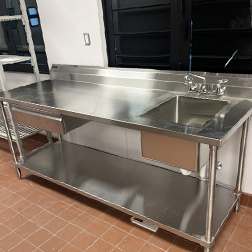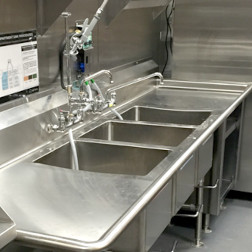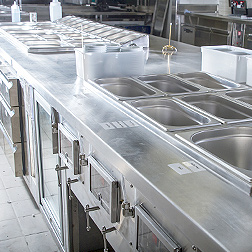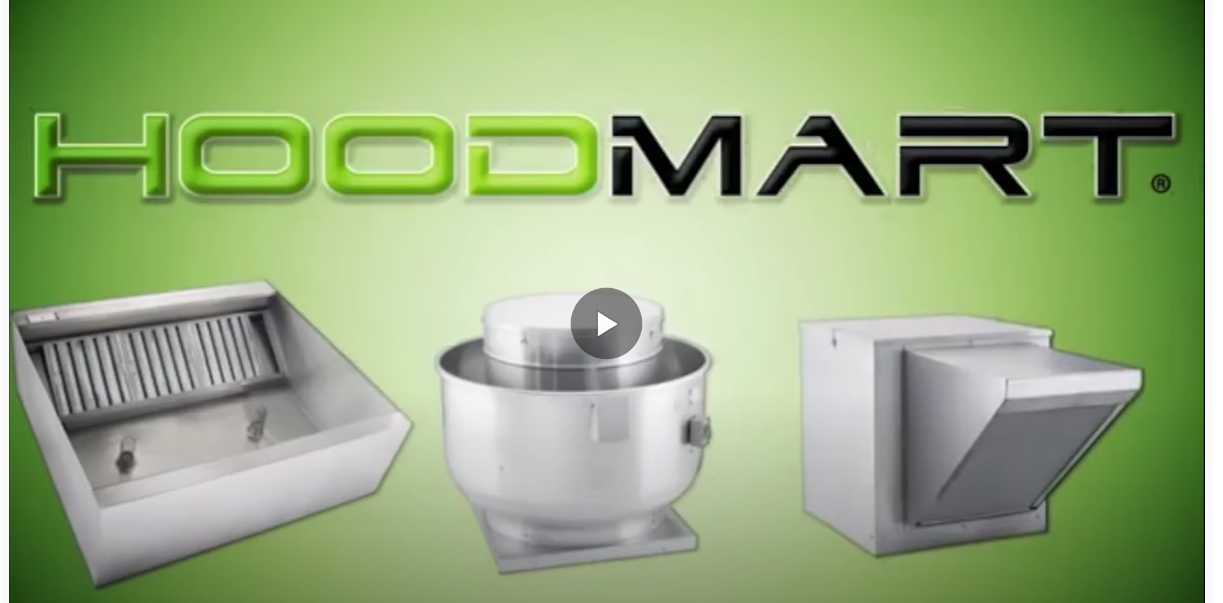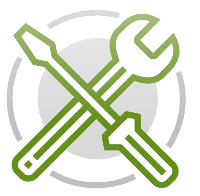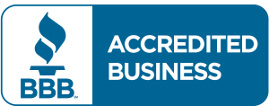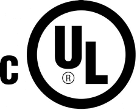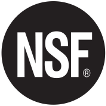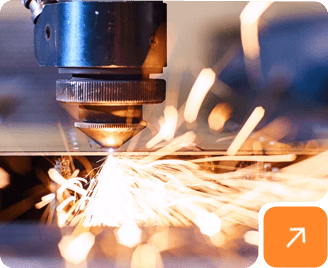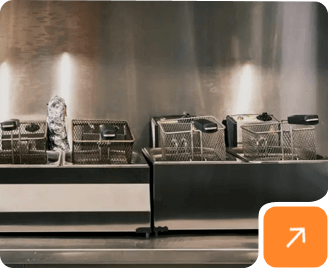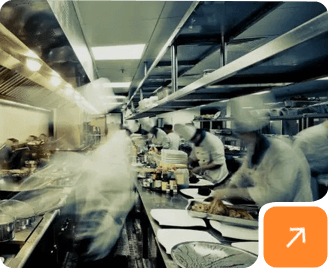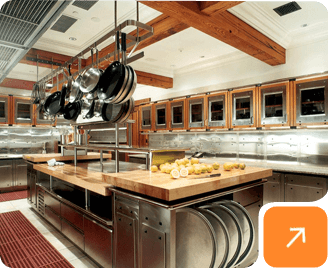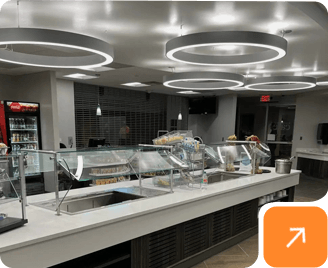We use cookies to help improve our services, make personal offers, and enhance your experience. If you do not accept optional cookies below, your experience may be affected. If you want to know more, please read the Learn more.
Protecting Your Ventilation and HVAC Equipment from Severe Weather
Protecting Your Ventilation and HVAC Equipment from Severe Weather
- November 09, 2021
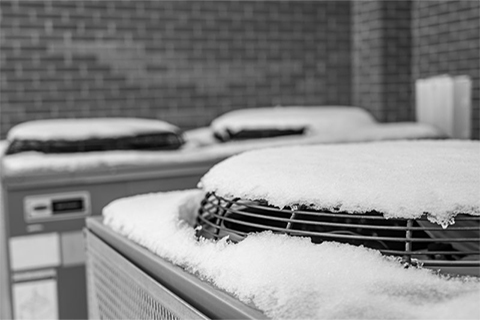
Introduction
As the seasons shift, so do the weather patterns, ushering in a host of changes. The transition from cooling to freezing temperatures brings snow, sleet, and other extreme weather conditions. With the arrival of spring, the snow and ice begin to melt, giving way to rising temperatures. As the mercury climbs, the frequency of abnormal and extreme weather conditions also increases. Heavy rains, hurricanes, and tornadoes become prevalent during the warmer months, carrying the risk of property damage, injuries, and even loss of life. This prompts the question: how can we protect our residential and commercial properties, especially vital equipment like ventilation and HVAC systems, from the wrath of severe weather?
The Advantages and Challenges of Rooftop Equipment
Rooftop and outdoor commercial equipment offer a slew of benefits, including easy installation, convenient maintenance access, noise reduction within the building, and space optimization. However, they also present challenges when exposed to the elements. Exposure to rain, snow, and humid climates can lead to corrosion of internal components, resulting in decreased efficiency and potential breakdowns. Frigid temperatures put outdoor units at risk of freezing and icing over. While most outdoor units have defrosting capabilities, frequent defrosting can lead to component wear and the risk of system freezing. Moreover, storms, tornadoes, and hurricanes bring strong winds that can propel local debris toward the building's exterior and HVAC system, causing damage.
Steps to Take to Prepare for Extreme Weather
To better prepare for extreme weather conditions and safeguard your ventilation and HVAC equipment, consider the following steps:
Professional Maintenance: Prioritize hiring a local certified technician to perform regular maintenance checks on your equipment. A well-tuned system is more resilient to harsh weather conditions, and technicians can identify signs of wear and tear on components, replacing them before adverse weather strikes.
Vegetation Management: Examine the surrounding trees and vegetation and ensure they are trimmed to prevent debris from physically damaging outdoor equipment. If you don't own the commercial property, coordinate with your landlord or property management company to address this issue.
Secure Your System: In the face of an impending severe storm, especially Category 4 or 5 hurricanes, consider turning off your HVAC system and shutting off the breakers to minimize the risk of electrical surges due to severe weather. For further protection, use a sturdy covering or tarp to shield the unit physically, preventing damage from flying debris, as well as keeping out mud, rain, and other debris.
Insurance and Documentation: Regularly update your building insurance to ensure comprehensive coverage. When a major storm is approaching, document your equipment with photos and videos. This documentation can be invaluable in the event you need to file an insurance claim.
Conclusion
While there's no foolproof method to completely safeguard your HVAC and hood exhaust systems during a severe storm, following the steps outlined above can significantly enhance your preparedness. Additionally, ensure that your building insurance is current and maintain regular equipment maintenance throughout the year. HoodMart provides a wide range of exhaust hood systems, from Pizza Hood Packages to COncession Hood PAckages along with essential accessories like no-weld Grease Duct, hood filters, canopy hood lights, and curbs.
For any questions related to the purchase of your hood system or walk-in equipment, don't hesitate to contact one of our HoodMart experts today. You can reach us at 1.855.305.9274 or through our live chat system. We are dedicated to helping you protect and maintain your equipment under all weather conditions.






 CUSTOM FABRICATOR
CUSTOM FABRICATOR



